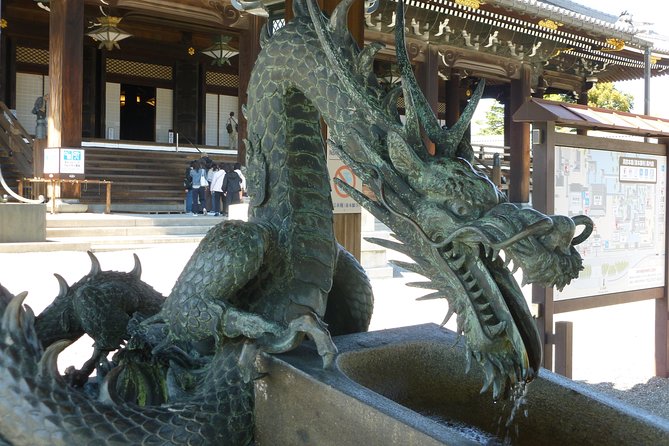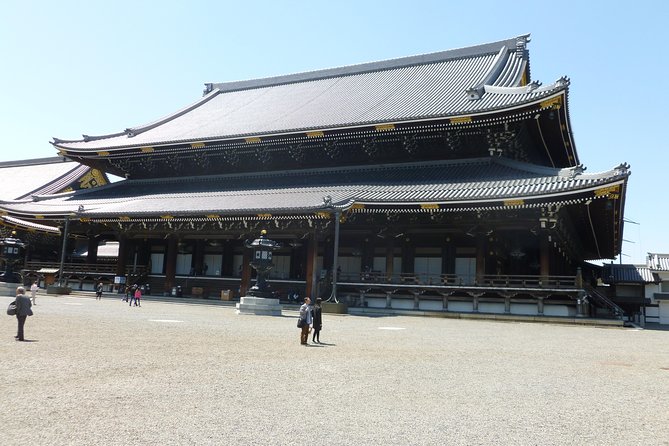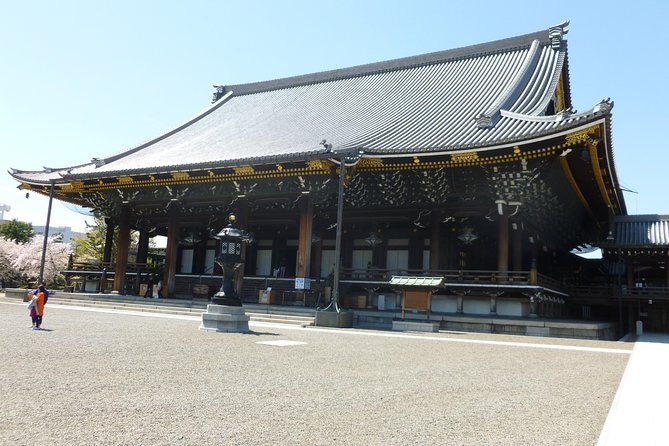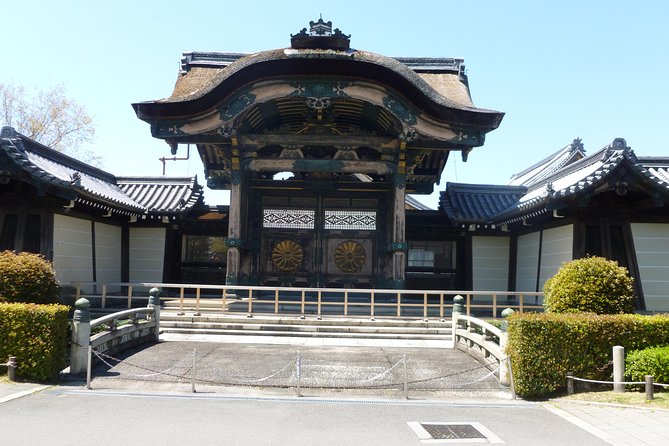Living Buddhism
In a recent survey, it was found that over 500 million people worldwide identify as Buddhists, making it one of the largest religions globally.
The allure of Buddhism goes far beyond mere numbers; its teachings offer a profound wisdom that resonates with individuals seeking a deeper understanding of themselves and the world around them.
As society grapples with increasing complexity and uncertainty, many are turning to Buddhist principles for guidance and solace.
How exactly are these ancient practices being applied to modern life, and what lessons can be gleaned from this harmonious fusion of tradition and contemporary existence?
Key Points

- Foundation in Four Noble Truths and Eightfold Path for spiritual growth and inner peace
- Meditation practices like Anapanasati and Zazen aid in clarity and self-discovery
- Monastic life follows Vinaya code, nurturing virtues in a supportive community
- Rituals and ethics guide the journey, fostering reflection, connection, and moral conduct
Here's some more nearby activities we've reviewed
Core Beliefs
Buddhism’s core beliefs encompass the Four Noble Truths and the Eightfold Path, serving as the guiding principles for followers seeking enlightenment and liberation from suffering. Rooted in Buddhist philosophy, these foundational teachings originated from the historical context of Siddhartha Gautama’s quest for truth and the subsequent enlightenment he achieved under the Bodhi tree.
The Four Noble Truths focus on acknowledging the existence of suffering, identifying its causes, understanding that suffering can cease, and recognizing the Eightfold Path as the way to end suffering. The Eightfold Path outlines the steps to follow, including right understanding, thought, speech, action, livelihood, effort, mindfulness, and concentration.
Together, these principles form the bedrock of Buddhist practice and offer a roadmap to spiritual growth and inner peace.
Meditation Practices

Rooted in the foundational teachings of the Four Noble Truths and the Eightfold Path, meditation practices in Buddhism serve as transformative tools for cultivating mindfulness and achieving spiritual growth and inner peace.
Mindful breathing, known as Anapanasati, is a common meditation technique used to develop concentration and awareness of the present moment. This practice aids in calming the mind and fostering a deeper understanding of the self.
Zen meditation, or Zazen, focuses on posture, breathing, and mind control to achieve insight and enlightenment. By engaging in these meditation practices, you can quiet the mental chatter, gain clarity, and connect with their inner wisdom.
Ultimately, meditation in Buddhism offers a pathway to self-discovery and spiritual evolution.
Monastic Life

Monastic life in Buddhism offers a profound immersion into spiritual practice, emphasizing discipline, contemplation, and community living.
-
Monastic Discipline: Monks and nuns adhere to strict rules and guidelines set out in the Vinaya, a code of conduct that governs their daily lives.
-
Spiritual Growth: Through dedicated practice, monastics aim to cultivate virtues such as compassion, mindfulness, and wisdom, leading to profound spiritual development.
-
Community Living: Living in a monastic community provides support, guidance, and a sense of belonging, fostering a harmonious environment for spiritual growth.
Monastic life serves as a structured path if you’re after to deepen their spiritual understanding and practice. The commitment to monastic discipline and the communal lifestyle create an environment conducive to nurturing inner peace and enlightenment.
Rituals and Ceremonies

Rituals and ceremonies in Buddhism play a significant role in guiding practitioners on their spiritual journey, providing meaningful opportunities for reflection and connection. These traditional practices hold deep cultural significance within the Buddhist community, serving as pillars that uphold the faith and values of its followers.
From daily meditative rituals to elaborate ceremonial events marking significant life milestones, such as births, weddings, and funerals, each ritual serves a specific purpose in nurturing spiritual growth and fostering a sense of community among believers. These practices not only help individuals deepen their understanding of Buddhist teachings but also strengthen their bond with fellow practitioners.
The rich tapestry of rituals and ceremonies in Buddhism illustrates the beauty and diversity of this ancient tradition, offering a glimpse into its profound spiritual heritage.
Buddhist Ethics

Buddhist ethics form the moral foundation that guides individuals in their conduct and interactions within the community, reflecting the core principles of compassion and mindfulness.
Key Points on Buddhist Ethics:
-
Ethical Principles: Buddhist ethical principles are rooted in the Five Precepts, which include refraining from harming living beings, stealing, engaging in sexual misconduct, speaking falsely, and consuming intoxicants.
-
Moral Conduct: Practicing moral conduct involves cultivating virtues such as honesty, kindness, generosity, and patience in daily life.
-
Mindful Awareness: Mindful awareness is central to Buddhist ethics, encouraging individuals to be conscious of their thoughts, words, and actions to promote harmony and reduce suffering in the world.
Spread of Buddhism

The propagation of Buddhism across various regions was facilitated by the travels of dedicated monks and teachers. Historical influences, such as the Silk Road, played a crucial role in the spread of Buddhism to Central Asia, China, and beyond.
Along the way, cultural adaptations took place, blending Buddhist teachings with local beliefs and practices. These adaptations helped Buddhism resonate with diverse populations and contributed to its global impact.
Today, Buddhism faces contemporary challenges in adapting to modern societies while preserving its core teachings. Issues like secularism, materialism, and changing societal values present ongoing hurdles for the tradition.
Despite these challenges, Buddhism continues to evolve and spread, embracing new forms and interpretations to remain relevant in the contemporary world.
Modern Interpretations
As Buddhism encounters the complexities of modernity, new interpretations emerge to navigate the evolving societal landscape and address contemporary issues.
Interpretation trends within Buddhism are evolving to align with the challenges and opportunities presented by the modern world. Contemporary perspectives are reshaping traditional teachings to make them more accessible and relevant to today’s followers.
These interpretations often focus on applying ancient wisdom to current dilemmas, fostering mindfulness in a fast-paced society, and promoting compassion and understanding in increasingly diverse communities.
Here's a few more nearby tours and experiences we have reviewed.
Common questions

How Can Buddhism Be Integrated Into Daily Life for Those Who Are Not Able to Dedicate Themselves to a Monastic Lifestyle?
For those unable to commit to monastic life, integrating Buddhism involves practicing mindful living and meditation. Applying teachings on compassion, impermanence, and mindfulness in daily routines fosters spiritual growth and inner peace.
Are There Any Specific Dietary Restrictions or Guidelines Followed by Buddhists?
Buddhists often follow dietary guidelines like vegetarianism or veganism, rooted in cultural influences and modern adaptations. These choices reflect compassion for all living beings and mindfulness towards consumption, promoting a deeper connection to Buddhist principles.
How Does Buddhism View Concepts of Life After Death and Reincarnation?
Buddhism views concepts of life after death and reincarnation through beliefs in karma and mindfulness practices. Reincarnation beliefs are central, emphasizing meditation practices to understand the cycle of birth and rebirth.
Is There a Specific Dress Code or Attire Recommended for Practicing Buddhists?
Buddhists often wear simple, modest clothing as a sign of humility and respect. Meditation techniques vary but commonly focus on mindfulness, concentration, and insight. Dressing comfortably and modestly can enhance one’s meditation practice.
What Role Does Music and Art Play in Buddhist Practice and Expression?
Music and art hold significant roles in Buddhist practice. They enhance meditation, aiding in mindfulness and spiritual connection. Through music, practitioners reach deeper states of contemplation. Art reflects the beauty and impermanence of life, guiding introspection.
Here's more of our most recent tour reviews happening neaby
- Full-Day Private Bamboo Grove and Golden Temple in Kyoto Tour
- Cherry Blossom Family Picnic
- Kyoto & Nara Day Tour From Osaka/Kyoto: Fushimi Inari, Arashiyama
- Kyoto Sweets and Green Tea Making and Town Walk.
- Samurai Sword Experience in Kyoto (Family & Kid Friendly)
- Private Kyoto Tour With Hotel Pick up and Drop off
- Simple Kimono Plan&Gorgeous Kimono Experience
- Kyoto Culture With the Expert: Kimono, Zen, Sake (Wednesdays and Saturdays)
- Sake Tasting in Central Kyoto
- [To Kyoto・Kiyomizu Temple] 3 Minutes on Foot, Yukata (Kimono) Plan. You Can Explore Sightseeing Spots and the Townscape All Day (Return by 5 P.M.)
- Kyoto Private Guided Beauty Tour
Last Words
To sum it up, ‘Living Buddhism’ illustrates the enduring relevance of Buddhist teachings in today’s world. Through practices like meditation, ethical living, and acts of kindness, individuals embody the core values of compassion and mindfulness.
The diverse ways in which people incorporate these principles into their daily lives showcase the transformative power of Buddhism in fostering inner peace and creating positive change in both individuals and communities.
The spread and modern interpretations of Buddhism further highlight its profound impact in the modern world.





